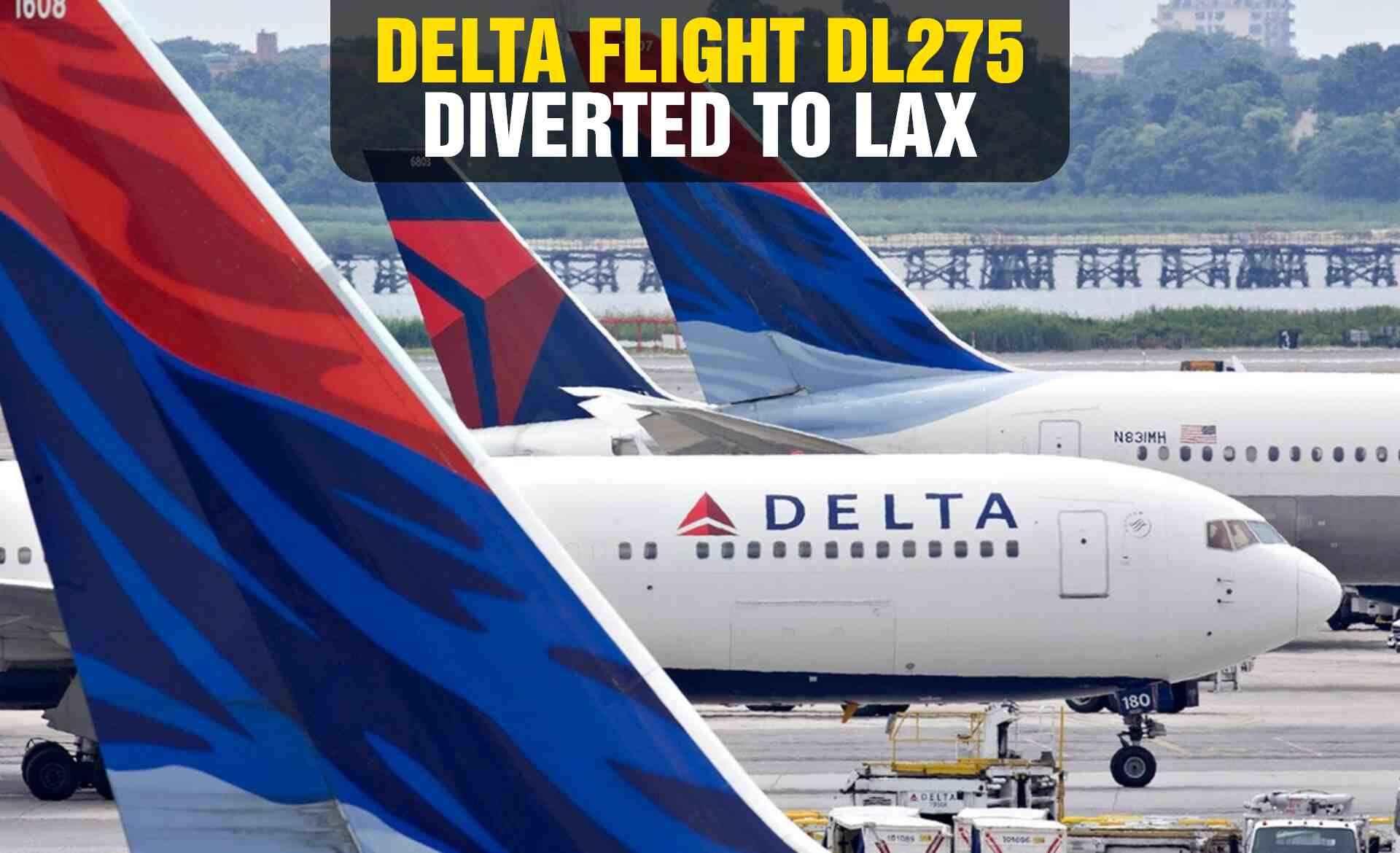Delta Flight DL275 Diverted to LAX: A Detailed Account of the Incident

By Peter Jackson
On May 28, 2025, Delta Air Lines Flight DL275, originally bound for Tokyo from Detroit, was unexpectedly diverted to Los Angeles International Airport (LAX) due to a technical issue. While this caused inconvenience for passengers, it also highlighted the airline’s swift response and commitment to safety. In this article, we break down the event, the response from the crew, and its broader implications for the aviation industry.
The Flight and Initial Issue
Delta Flight DL275, an Airbus A350-900, took off from Detroit Metropolitan Airport (DTW) with a scheduled 13-hour flight to Tokyo Haneda. Everything seemed normal as the aircraft climbed to cruising altitude, but soon after, the crew noticed a malfunction with the engine's anti-ice system. This system, crucial for preventing ice formation on the engine during high-altitude flights, had failed.
Though not immediately dangerous, this malfunction raised concerns about the potential risks of continuing the flight, especially given the vast expanse of the North Pacific. After assessing the situation, the crew made the responsible decision to divert to Los Angeles International Airport (LAX), a major Delta hub that could handle such an issue.
Reason for Diversion: Engine Anti-Ice System Malfunction
The reason for the diversion was a malfunction in the Rolls-Royce Trent XWB engine’s anti-ice system. While this issue wasn’t a direct threat to the flight's safety at that moment, it could have become problematic over the course of the journey. The plane's flight path would have taken it over the cold expanse of the Pacific Ocean, where the risk of further technical complications could have been too high. By landing at LAX, Delta ensured that the problem could be addressed safely and efficiently.
As a major hub with extensive resources, LAX provided the perfect location for the aircraft to land and undergo repairs. This decision was made with the passengers' safety in mind, a reminder of the airline's dedication to prioritizing well-being over inconvenience.
Crew's Swift Response and Passenger Care
The flight crew acted with professionalism and urgency. After alerting air traffic control, the crew followed established protocols to ensure the safety of everyone on board. Delta’s operations team in the U.S. quickly coordinated with the crew to arrange for an expedited landing at LAX, one of the busiest and most well-equipped airports in the world.
Once the plane landed at LAX, the airline made sure that every passenger was cared for. The crew deplaned the passengers and assisted them with rebooking onto the next available flights to Tokyo Haneda. Delta's commitment to customer care during this unexpected delay was evident, ensuring that passengers faced minimal inconvenience despite the long diversion.
For more details on how Delta navigated this situation, be sure to check out the full coverage of the incident on Vida Vegas Magazine.
The Aftermath: Maintenance and Next Steps
After the plane’s safe arrival at LAX, Delta’s maintenance team conducted a thorough inspection of the aircraft. The anti-ice system was repaired, and additional checks were performed to ensure the aircraft was fit for future travel. Passengers, who had been rebooked onto the next available flights, were well taken care of by Delta, minimizing the disruption caused by the incident.
This quick turnaround from Delta’s crew and operations team exemplifies the importance of being prepared for the unexpected in the airline industry, ensuring that passengers are kept safe and informed at every step.
The Financial and Operational Impact
While the diversion was necessary for passenger safety, it did come with costs. These included the operational expenses of rebooking passengers, providing meals and accommodations, as well as the cost of maintenance and repairs. Such diversions are a reminder of the unpredictability of air travel, where even minor malfunctions can lead to significant operational and financial implications for airlines.
However, Delta’s ability to handle the situation efficiently meant the disruption was kept to a minimum, helping to mitigate any long-term reputational damage.
Industry Implications: A Lesson in Aviation Safety
This event underscores the vital importance of safety in aviation. A malfunction in a seemingly small component like the engine anti-ice system can, in rare cases, lead to larger issues. The incident also highlights the critical role of airports like LAX, which are equipped to handle such diversions and provide the necessary infrastructure to care for passengers during such events.
For the aviation industry, this serves as a reminder that safety always comes first. It’s crucial for airlines to invest in preventive maintenance, to have clear protocols for handling emergency situations, and to always be prepared for the unexpected.
Conclusion: Prioritizing Safety and Passenger Care
In the case of Delta Flight DL275, the diversion to LAX was a necessary action to ensure the safety of everyone on board. While such incidents can be disruptive, they also serve as a testament to the professionalism of the crew and the airline's commitment to safety. Delta's quick response to the situation minimized the impact on passengers and ensured that they were well cared for during the delay.
For more in-depth coverage of this event, visit MistyInfo Blog, where we delve into how aviation safety continues to evolve, and check out the original article on Vida Vegas Magazine.







